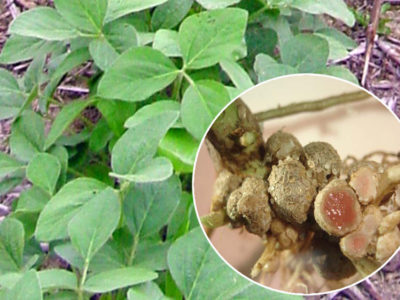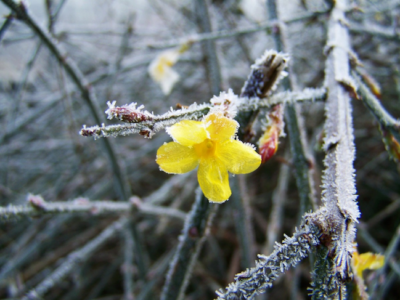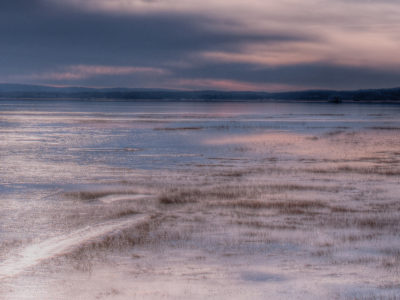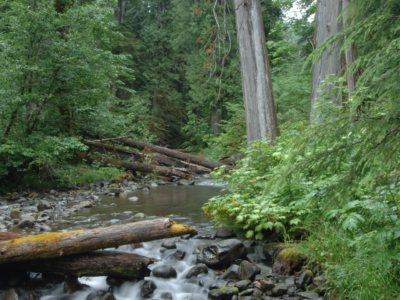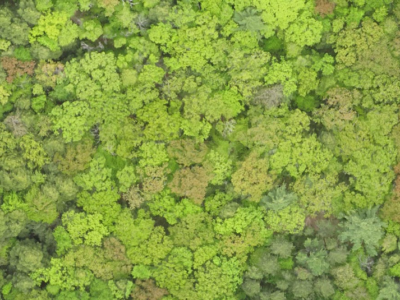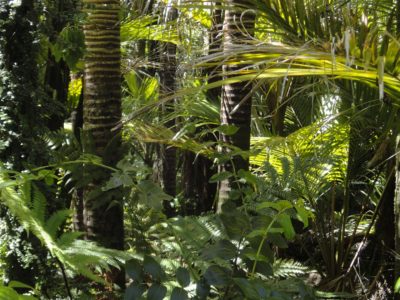Resilience on the Prairie: Disturbance Effects on Grassland Plant-Pollinator Communities

The majority of grasslands around the world have been destroyed or converted for human use, either for agricultural or urban development. In North America, for example, only four percent of the once vast tallgrass prairies are left. Understanding grassland community dynamics could be a critical part of conserving those that remain. Plant-pollinator relationships are… Read more »

